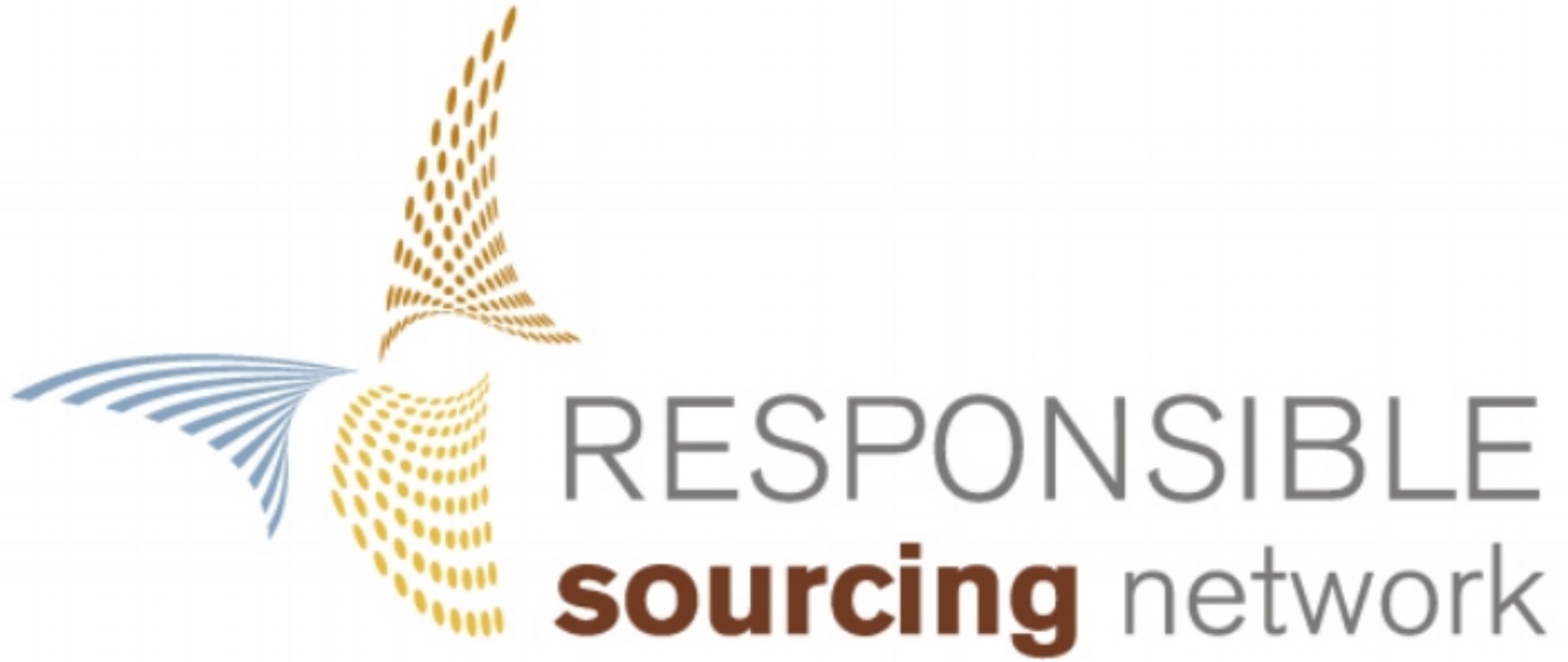What are companies doing to fulfill their commitments to end forced labor?

Since 2007, Responsible Sourcing Network (RSN) has engaged companies on the issue of forced labor in the Uzbek cotton sector. Some progress has been made, such as the ending of forced labor for children under 15. But those welcome changes have not ended slavery In Uzbekistan, and the issue still looms large in the supply chains of companies who source cotton without transparency or disclosure. RSN, along with SRI and NGO partners, felt it was time to take a snapshot of what the apparel and home goods industries are doing, and not doing, to help transition Uzbekistan away from its institutionalized labor abuse.
RSN’s latest publication, Cotton Sourcing Snapshot: A Survey of Corporate Practices to End Forced Labor, provides an overall understanding of what the industries are doing to identify risks, establish policies, implement procedures, and disclose practices to eliminate and prevent incidents of forced labor in cotton harvesting. This report follows on RSN’s 2013 publication, To the Spinner: Forging a Chain to Responsible Cotton Sourcing. It builds off the best practices highlighted in To the Spinner by identifying more in-depth examples of corporate procedures, providing an overall awareness of industry trends, and revealing which companies are excelling and which companies are underperforming.
Although companies may not appreciate being scored, many stakeholders have asked RSN what actions individual companies were taking to abide by the Cotton Pledge Against Child and Adult Forced Labor in Uzbek Cotton or other corporate commitments to not knowingly source Uzbek cotton. Conducting a survey, collecting best practices, and reporting on the results was the most efficient approach for RSN to communicate industry activities. In addition to understanding how companies are holding their suppliers accountable to not source Uzbek cotton, the survey had a goal of determining the activities or structures missing that could support companies and their suppliers in fulfilling their commitments.
By highlighting best practices, the report promotes examples that are currently being implemented and validates what can be done to avoid human rights risks at the raw extraction level. A few of the notable results from the survey that demonstrate the implementation of best practices include:
- 18.5% are involved in spinner efforts individually or through another initiative
- 16% provide training and require their suppliers/spinners to abide by their policies; an additional 8% also include this in their supplier contracts
- 12% have independent third-party audits of their spinners/mills
By having a greater understanding of what the leading companies are doing and what percentage of the industries are following suit, the path forward becomes evident on how to prevent cotton picked with forced labor from entering product supply chains.

